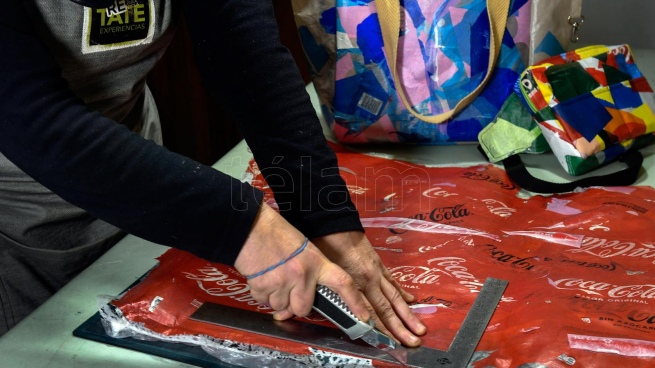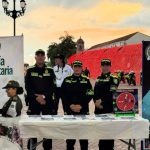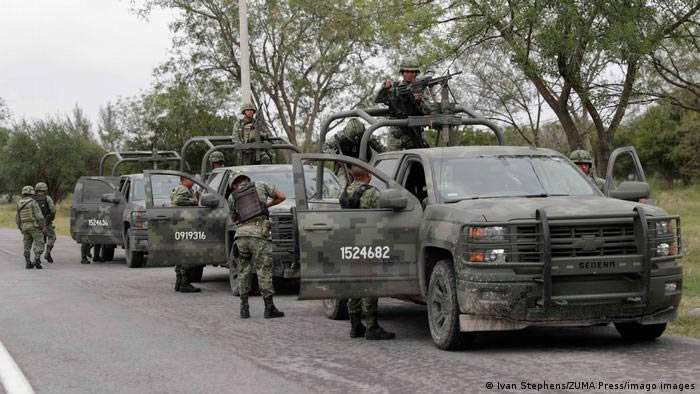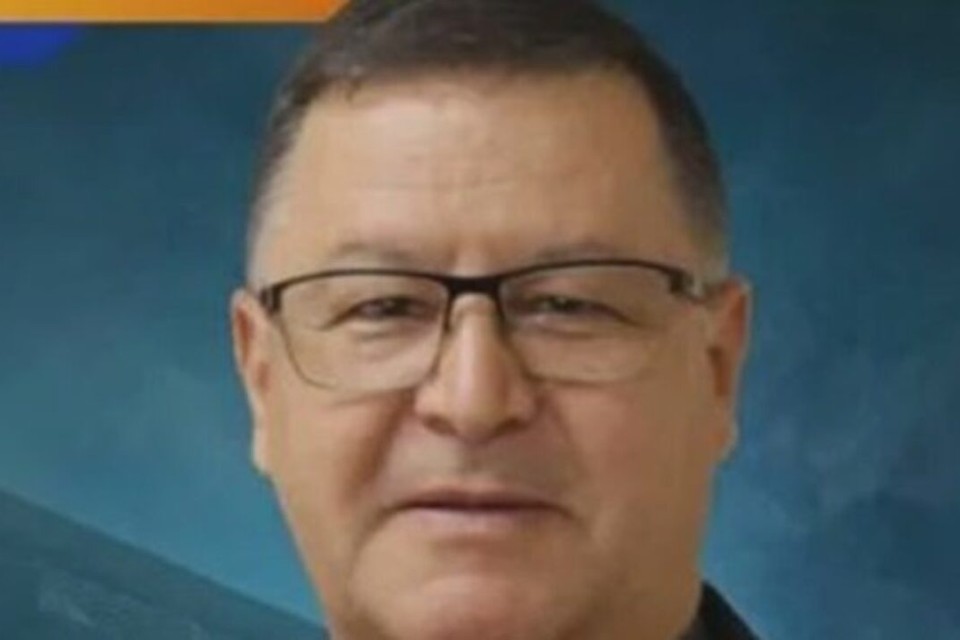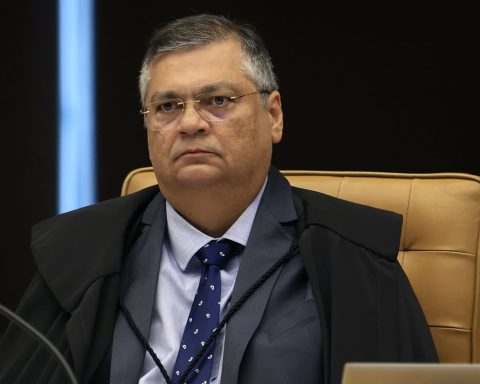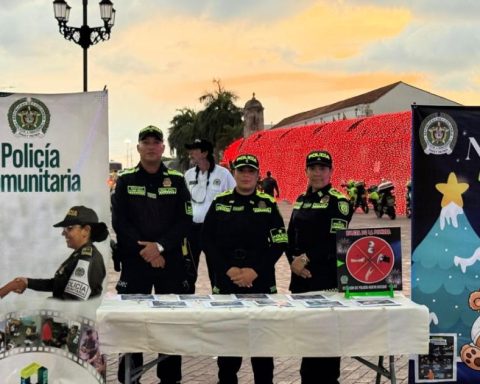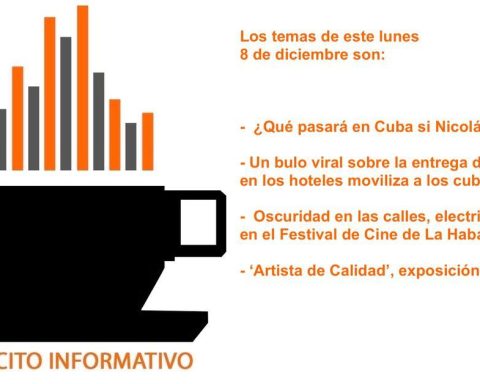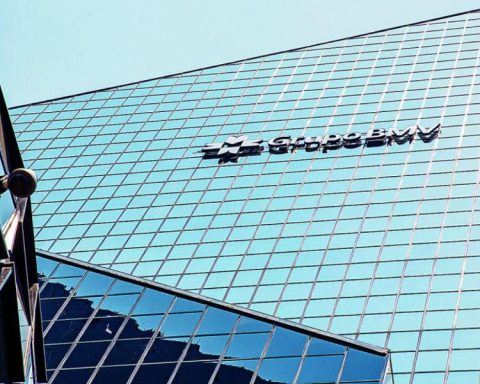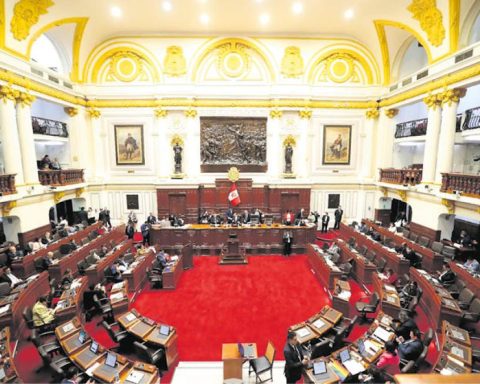Because it is a material that pollutes, in addition to contributing to the garbage crisis, more and more individuals are concerned about removing plastic from the equation and replacing this input with alternative materials. But, what is done with what is already circulating and since it does not biodegrade but only disintegrates into smaller parts, it ends up generating another problem, that of microplastics?
A study from the Hull York School of Medicine at the University of York in the United Kingdom found that 39 types of microplastics were found in 11 of 13 samples of lung tissue from deceased patients, providing clues about the impact of these materials on health. Human health. It was more serious to learn that 12 of the types found are present in many manufactured products, such as packaging in general, bottles and even clothing.
First the environmentalists and later a larger community made up of disseminators, entrepreneurs, neighborhood cooperatives and the general population are looking for a solution to see what to do with the plastic that is already circulating and reduce the impact of pollution.
This is how initiatives arise reuse, such as making murals with caps and the so-called “bottles of love”. also of recycling where the plastic is processed to change its shape.
However, much remains to be learned about substances and production processes (including recycling), because according to studies by the International Pollutant Elimination Network (IPEN), certain plastics, throughout their life cycle, could pose a danger to human health and ecosystems, so they not only call for research and control of the chemical substances contained in them, but also to reduce their production.
The circular economy specialist and environmental communicator Dafna Nudelmanknown on social networks as @lalocadeltaper, indicated that “every day there are more of us who are concerned about the impacts of our actions and we are beginning to change consumption habits and the way we relate to nature” and although she recognizes obstacles and contradictions, says to lead “an imperfect activism that is chosen over the consequences of the current way of doing things.”
Nudelman, who is the author of the book How we broke the world (and how we can fix it), from Editorial Paidós, explained to Télam-Confiar that “one of the most preponderant issues of the so-called ‘garbage crisis’ is the ‘plastic crisis’, and the main strategy to deal with it is reuse”.
“With products made from post-consumer plastic, it is about promoting the recycling industry so that plastics that cannot be avoided have a value in the industrial market and a later life so that they generate value and not garbage,” said Nudelman, who She has been an activist for more than 10 years.
During his tour, his interest grew in the problem of garbage as well as in the types of plastic and the deficiencies that still exist in the recycling market. Therefore, she tries to avoid this type of material. But far from giving an extreme message, she suggests “evaluate if there are non-plastic alternatives that we can prefer or choose and if not, let’s amortize the plastics we have, for example if the tapers are already there, let’s use them.”
In addition, through Instagram, Facebook, Twitter and YouTube, he offers ideas to give more than one use to the containers that we usually throw away, such as toilet paper bags, which can serve as a garbage bag (and explains that you can have a small bin because you compost in another container).
Regarding his posts, he indicates: “Networks, even if they are not a panacea, work very well when it comes to communicating and creating awareness. They are very useful, because although there is information on the Internet available to everyone, it is not always correctly distributed. A lot of times people need it to be compiled into the channels they already use, like Instagram for example. Those of us who do dissemination take information from different sources, we communicate what we learn and we also share our own experience in networks in a close and practical way”.
Just as interest grew in improving the environmental impact with individual actions, recycling cooperatives and enterprises that seek to eliminate single-use plastics also multiplied. Some of them are in the Bioferia, an event that brings together sustainable entrepreneurs, healthy gastronomy, design, wellness and market, among other items.
Valentin Abella, director of Bioferia (which had its 2022 edition from May 6 to 8) explained to Télam-Confiar that the event “was born in 2018 through the communication medium Bioguía so that all people, enterprises and organizations that work in sustainability and consumption responsible meet the mass public, because more and more people are wondering where their products come from, who made them, what materials they used, what happens after consuming them and how that relates to the environmental and social level”.
Born in Argentina, today the fair is also held in Uruguay, Chile, Paraguay and Mexico, to the point of becoming -according to its website- the largest sustainable event in Latin America. It includes projects or undertakings of circular economy, regeneration and reduction of plastics.
“There are different strategies for deplasticization. One is to eliminate single-use plastics through reuse or recycling, but this material will never stop being plastic. So others find the solution in bioplastic, which is the one that instead of coming from the oil production process comes from the production process of agro-industry waste.”
In fact, he commented that all the graphics of the Bioferia, including the banners and the tableware, were made of bioplastic from sugar cane, “which is compostable and biodegradable in 90 days in an industrial environment.” The use of this material “could be a solution to the problem of microplastics, which are present in the air, water or food.”
Concerns are raised. The interest in recognizing that the planet is one and that it must be taken care of is growing. The professionalization of the different processes to face the plastic crisis is in progress. It is enough to see how they expand and the way that the community accompanies, increasingly enthusiastic.
